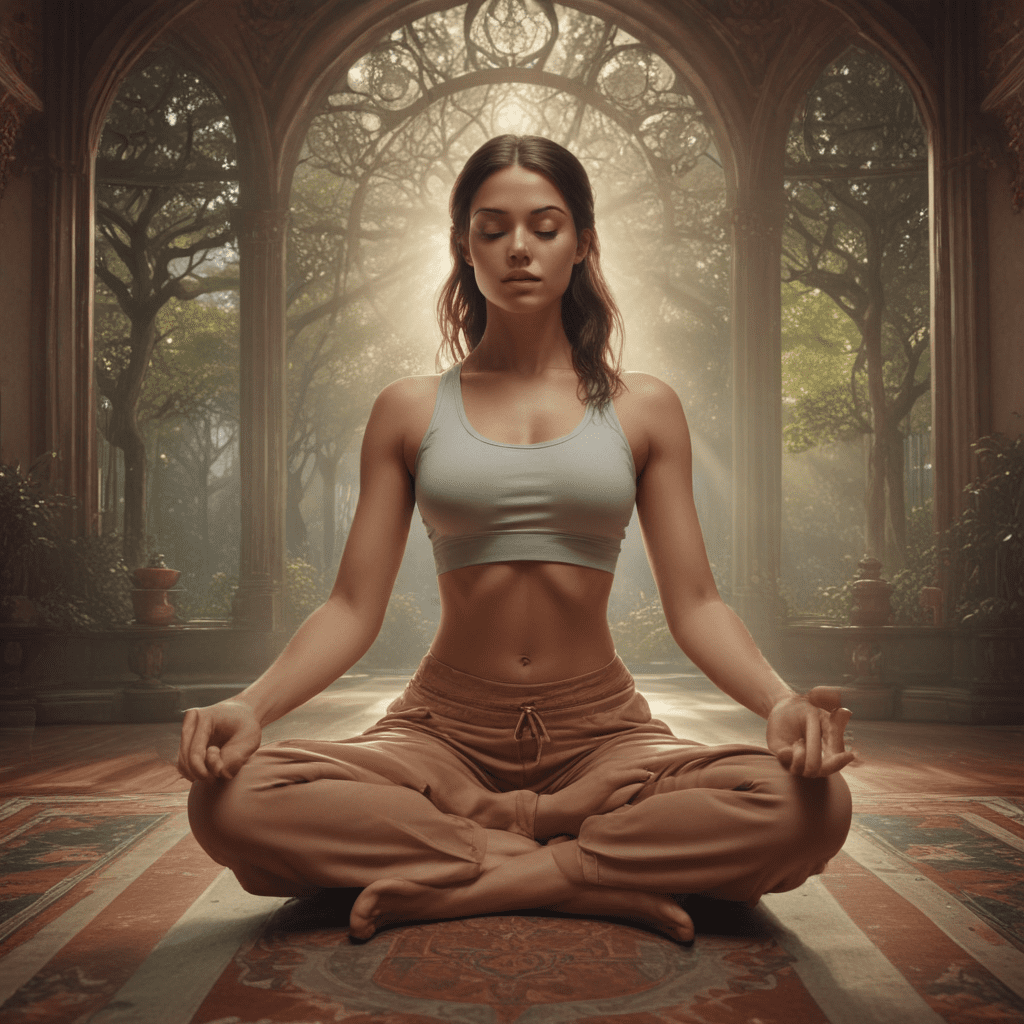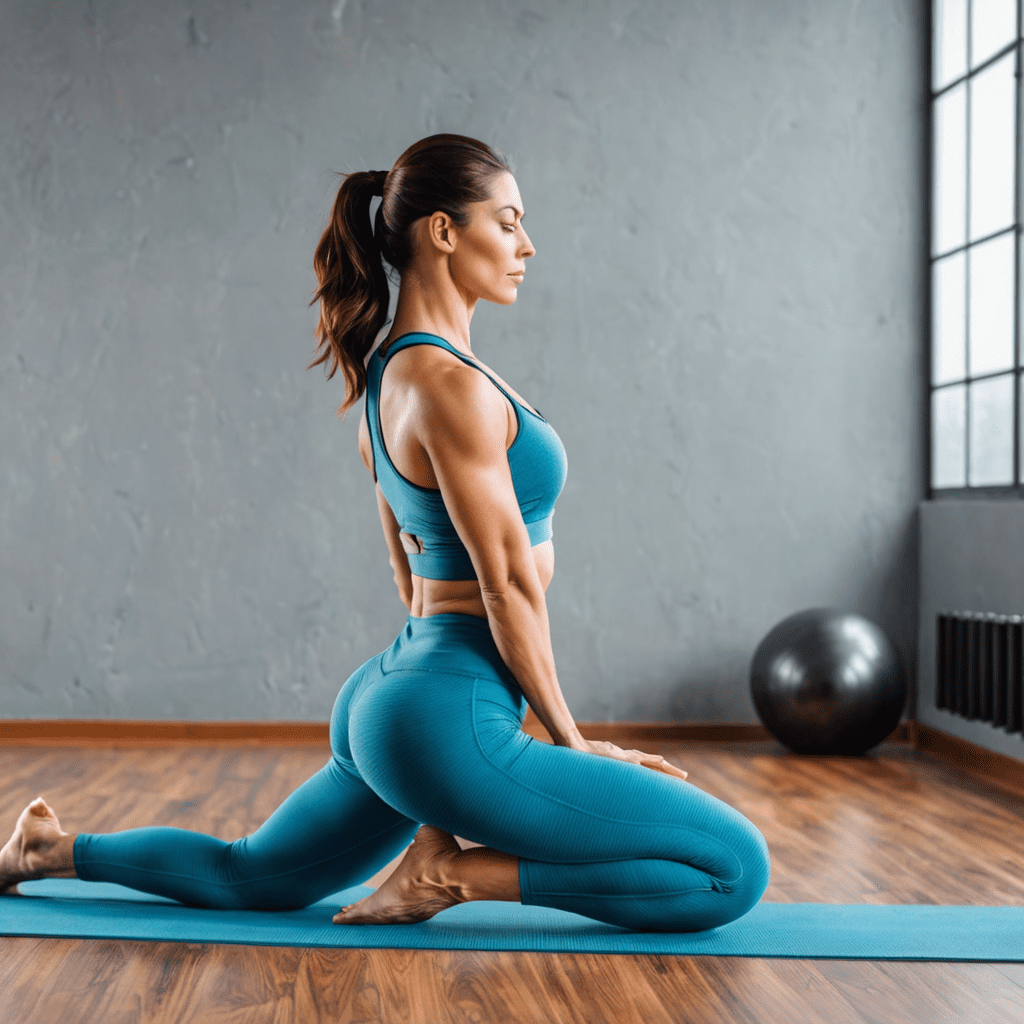
1. Introduction
Meditation: A Pathway to Enhanced Creativity
For centuries, meditation has been recognized as a powerful practice for cultivating inner peace and fostering mindfulness. But did you know that it also holds immense potential to unlock and enhance your creativity? By quieting the mind, reducing stress, and fostering an open and receptive state of being, meditation can provide the perfect conditions for artistic inspiration to flourish.
The Connection Between Meditation and Creativity
The creative process often involves tapping into a deep wellspring of imagination and innovation. Meditation can act as a key to unlock this inner reservoir. By calming the incessant chatter of the mind, it allows for a greater focus and clarity of thought. This enhanced mental clarity provides fertile ground for new ideas to sprout and blossom.
Furthermore, meditation cultivates a state of openness and receptivity. It allows you to become more attuned to your inner voice, your intuition, and the subtle whispers of inspiration that often go unnoticed amidst the hustle and bustle of daily life. By tuning in to these inner cues, artists can access a wealth of creative potential that was previously untapped.
2. How Meditation Enhances Creativity
Stilling the Mind for Artistic Flow
Meditation's ability to quiet the mind is perhaps its most significant contribution to enhanced creativity. When our minds are constantly bombarded with thoughts, worries, and distractions, it becomes difficult to access the deep well of creativity that lies within. Meditation provides a sanctuary, a quiet space where the incessant chatter of the mind subsides, allowing for a more focused and receptive state.
In this state of mental stillness, artists can enter a flow state, where ideas flow effortlessly and creativity flourishes unhindered. This state of flow is characterized by a sense of deep immersion in the creative process, where time seems to melt away and boundaries between self and art dissolve.
6. Overcoming Challenges and Obstacles
Common Challenges and Solutions
Beginning a meditation practice can be daunting, and it's natural to encounter challenges along the way. Here are some common obstacles and tips for overcoming them:
Distractions: Our minds are naturally prone to wandering, so don't be discouraged if you find your thoughts drifting away from your breath or mantra. Gently acknowledge the distraction and bring your attention back to your chosen focus.
Restlessness: If you find it difficult to sit still for extended periods, start with shorter meditation sessions and gradually increase the duration as you become more comfortable. You can also try walking meditation or other mindful movement practices.
Drowsiness: While meditation can induce a state of deep relaxation, it shouldn't lead to sleepiness. If you find yourself nodding off, try sitting upright or meditating in a cooler environment.
7. The Power of Visualization for Creative Expression
Harnessing Visualization for Artistic Inspiration
Visualization is a powerful tool that artists can use to enhance their creative process. By vividly imagining their desired outcome, artists can bring their ideas to life and manifest their visions into reality.
Visualization Techniques: There are many different visualization techniques that artists can employ. One common approach is to close your eyes and create a detailed mental image of your finished artwork. Imagine the colors, textures, and emotions you want to convey. You can also visualize yourself in the act of creating, feeling the brushstrokes or the rhythm of your music.
Benefits of Visualization: Visualization can enhance your creative process in several ways. It can help you to develop a clear vision of your desired outcome, overcome creative blocks, and increase your motivation and focus. By consistently visualizing your success, you can program your mind for achievement and increase your chances of realizing your artistic goals.
8. Case Studies: Artists who Use Meditation
Real-Life Examples of Meditation in Art
Numerous renowned artists incorporate meditation into their creative process. Here are a few examples:
- David Lynch: The acclaimed filmmaker and visual artist credits meditation with enhancing his creativity and enabling him to tap into deeper levels of consciousness.
- Yoko Ono: The avant-garde artist and musician uses meditation to cultivate peace and inner stillness, which she believes are essential for artistic expression.
- Marina Abramović: The performance artist views meditation as a form of training for her endurance-based artwork. She believes it allows her to transcend physical and mental limitations.
These examples demonstrate how meditation can be a valuable tool for artists across various disciplines.
9. Conclusion: Unleashing Your Creativity Through Meditation
Embracing a Transformative Practice
By incorporating meditation into your life, you can unlock a wellspring of creativity and artistic potential. Whether you're a seasoned artist or just beginning your creative journey, meditation can provide a transformative pathway to enhanced imagination, innovation, and self-expression.
10. FAQ
Frequently Asked Questions
How often should I meditate to enhance my creativity?
There's no set rule, but consistency is key. Aim for daily meditation sessions, even if it's just for a few minutes.
What type of meditation is best for creativity?
Any meditation technique that helps you quiet your mind and focus your attention can be beneficial. Experiment with different techniques to find what works best for you.
Can meditation help me overcome creative block?
Absolutely. Meditation can help you break through mental barriers and access new ideas.
Where can I find guided meditations for creativity?
There are many resources available online and through meditation apps. You can also find guided meditations specifically designed for artists.


